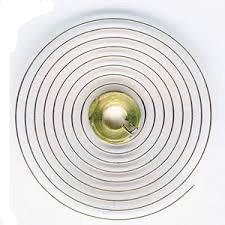Problems with polishing a watch case
-
Recently Browsing
- No registered users viewing this page.
-
Topics
-
Posts
-
Apps like Watch Accuracy Meter can be inaccurate, and will read some watches better than others. What daily rate does Watch Accuracy Meter give you if you check the Longines once it’s been running for 24 hours? Best Regards, Mark
-
By RichardHarris123 · Posted
Hello and welcome from Leeds, England. -
Then, can I replace it by purchasing a regular ruby with the same or similar width and height and pivot groove size from eBay? If I replace it like the above and operate the movement, will there be no problem?
-
I don't have a timegrapher. I have two ways to check the accuracy of my watches : * First I have the app Watch Accuracy Meter * Then I take a real measurement everyday at the same time, using timeis.com website That double check works very well with my other watches (Seiko 5, Herma / Parrenin HP X40, Lov / AS 1710/11). Both the app and the real measurement indicate approximately the same thing (the app is a little optimistic). The Longines is the only one for which the app tells me it's fast whereas the real measurement every 24 hours indicates it's a little slow. That's why I guess the problem could come from another part than the balance wheel.
-
How do the timegrapher readings look after the watch has been running for 24 hours? Are you using a phone app or a dedicated timegrapher to take your measurements? Best Regards, Mark
-





Recommended Posts